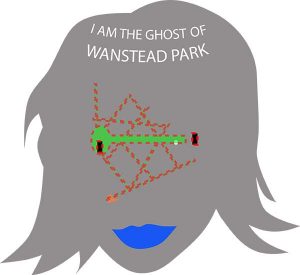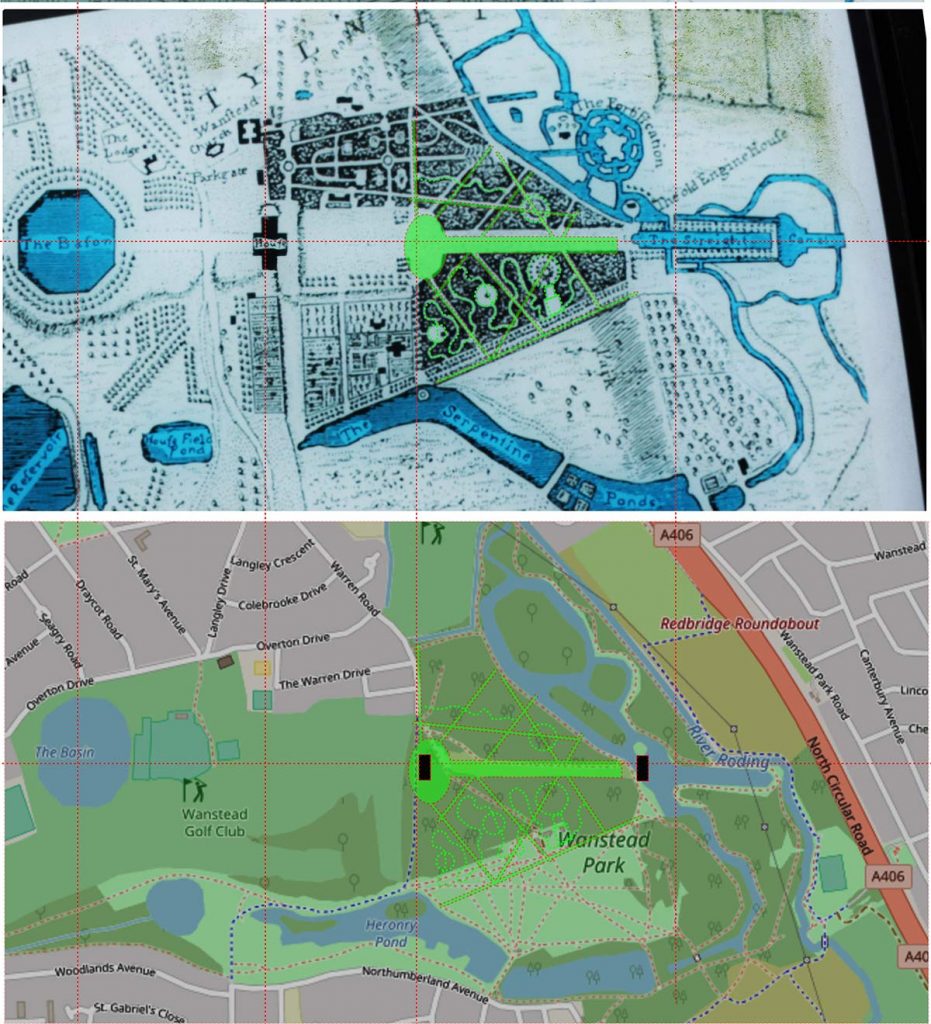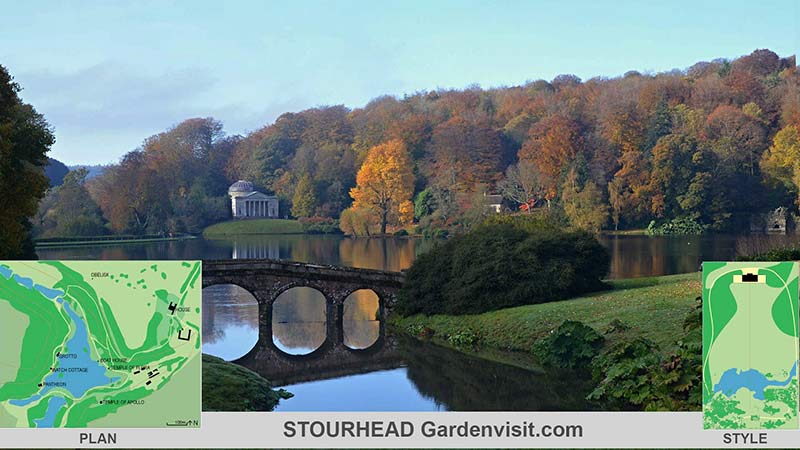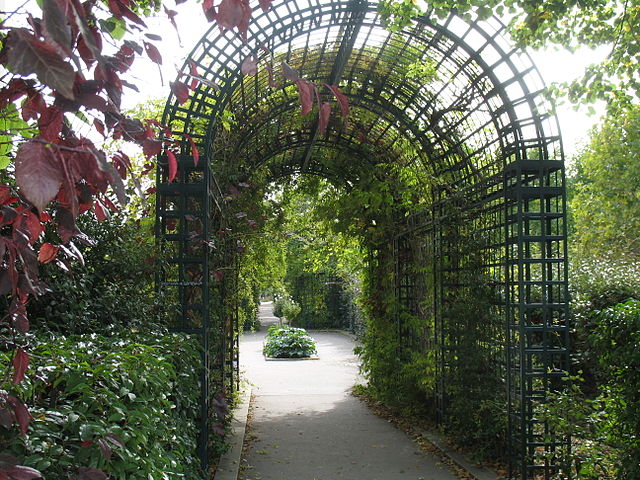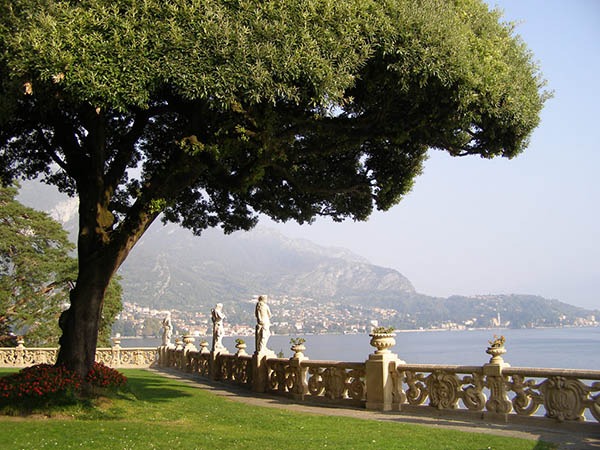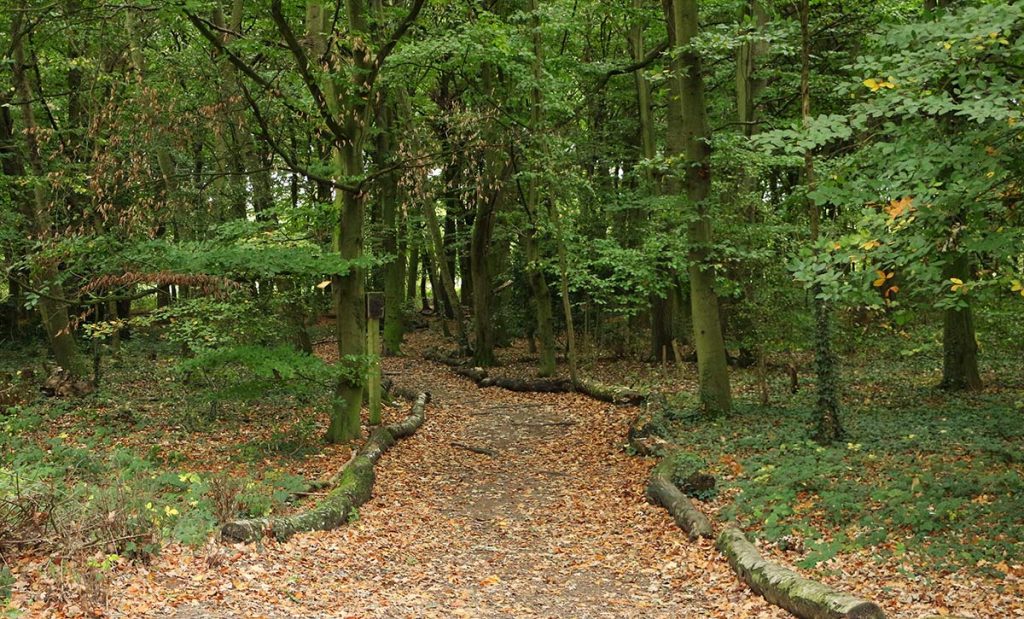
This Wanstead Park footpath suggests an easy way of marking the lines of the old axial lines on the forest floor
Wanstead Park used to be one of the greatest late-Baroque gardens in England. It survives with half the land used as a golf course and the other hand cared for by the City Corporation, which merits its great reputation as a benevolent land owner and manager. Wanstead was purchased as part of Epping Forest in the 1880s. It is now managed as what might be called a forest park. Could it restored? Should it be restored? The Friends of Wanstead Park have a good answer: ‘In recent years the Friends of Wanstead Parklands and the City of London Corporation have formed a partnership to reveal the ancient landscape and make the park more accessible to the local communities and those from further afield’.
But what would this involve? With no great house, a different use, no significant resources and only half the site, it can’t go back to the early 18th century? My suggestion is to celebrate The Ghost of Wanstead Park. This is how she might look. Her face is gone forever. Her shadow sleeps on the forest floor.
To give her life, I suggest:
- placing a structure at both ends of the main axis, to give her eyes
- sharpening the edges of the main axis, which is formed by trees and by the edges of the canal
- placing logs on the forest floor to mark the positions of the old axes
The two plans, below, show the Wanstead Park in its prime and Wanstead Park with a Ghost sleeping on the forest floor for the curious to meet.

